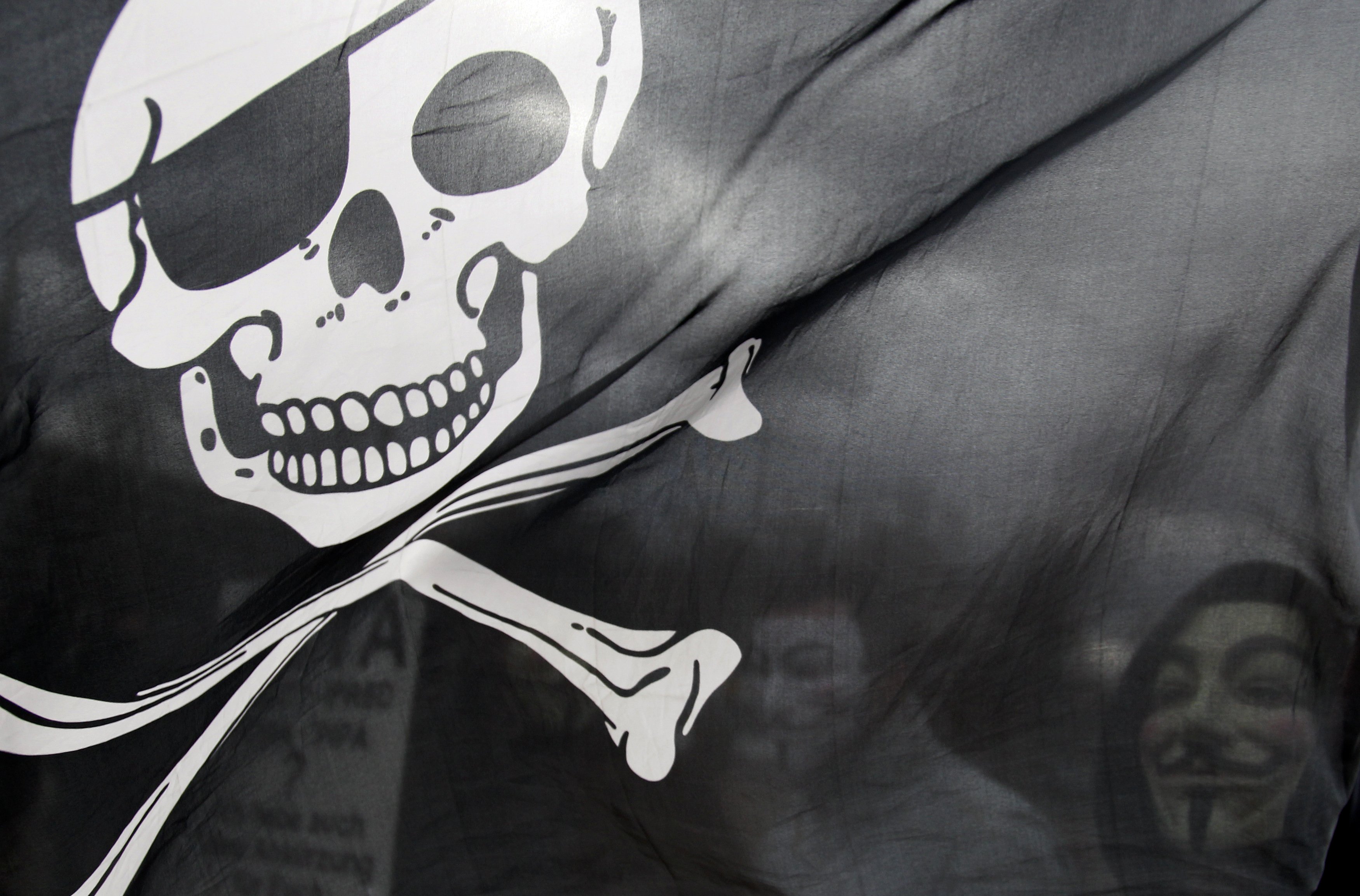Ships are hiring armed security and turning into ‘floating armories’ to battle piracy

 A New York Times investigation shines a light on the multi-faceted problem of crimes committed at sea. As the report shows, ships are becoming increasingly armed with little to no checks and balances.
A New York Times investigation shines a light on the multi-faceted problem of crimes committed at sea. As the report shows, ships are becoming increasingly armed with little to no checks and balances.
The investigation centres on a chilling anecdote. The crime — which police only found out about because someone found a cellphone in a Fiji taxi and posted the video on the Internet — involved four men being shot and killed by several men on a nearby ship.
The four victims have never been identified; additionally it’s unclear where exactly the shooting took place, why the shooting took place, and if any government will actually launch an investigation. The only guess comes from Taiwanese authorities, who think the men may have been pirates and killed in an attempted raid.
However, the Times says, “piracy” has become somewhat of an umbrella term to mask incidents like this. The four men could have been in disputed waters, or perhaps were targets for numerous other reasons.
As some statistics show, piracy at sea has dropped over the past few years, but that doesn’t mean it’s smooth sailing worldwide.
As a result of increasing pirate activity in 2008 — piracy global police forces could not adequately protect ships from — ships began hiring armed security. It has created a niche industry the Times calls “floating armories,” or boats loaded with weaponry and guards in high-risk areas. The crew on board can sometimes spend months waiting for action.
While pirates may not be as much of a concern now, ships often have more to fear from each other. “Provocations” can be fairly common as countries try to lay claim to oil and minerals, and as fishermen flock to areas teeming with valuable seafood catches. As competition increases so too does tension, and that’s when things can turn violent.
Things also become more complicated due to the changing nature of how ships arm themselves. While semiautomatic weapons used to be a telltale sign of pirates, now virtually every ship has them. As a result, it can create confusion for armed guards — they could make a fatal mistake if they shoot too quickly, while at the same time, hesitation can mean losing the chance to prevent violence with warning shots or flares.
The Times says on a yearly basis, thousands of people at sea are attacked, and hundreds are killed. Violence is highest among fishing boats, with about 20 times higher levels of violence compared to cargo ships, passenger ships or tankers. These numbers in the thousands and hundreds may even be too low, because deaths are not often reported in highly dangerous areas, nor if they occur close to shore.
What’s worse, there is an astonishingly low persecution rate for crimes at sea — a former U.S. Coast Guard official told the Times convictions happen “less than 1 percent” of the time. A combination of lack of insurance and captains wanting to avoid telling delays keeps lips sealed when violence occurs.
The Times investigation is the latest in its “The Outlaw Ocean” series. In its first part, as Digital Journal reports, the ocean is seen as a new “wild west.”
Goobjoog News